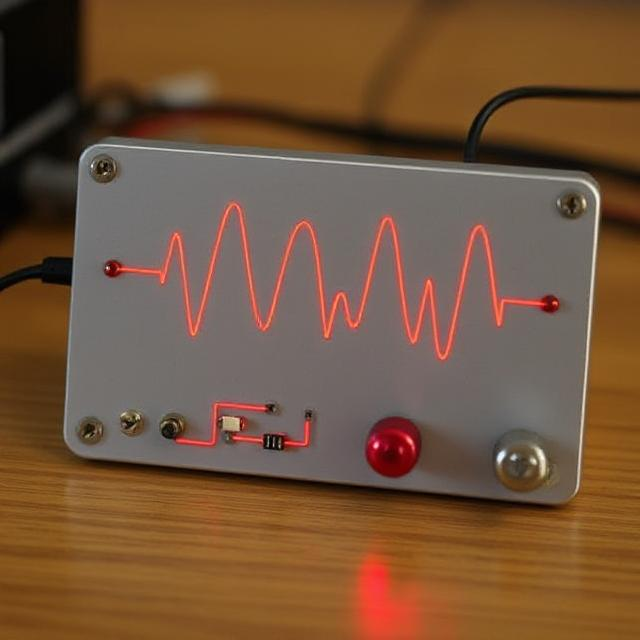Understanding basic circuit laws is essential for anyone studying electrical or electronics engineering, and it’s also useful for students preparing for exams like MAT, where technical aptitude may be tested. This article provides a concise summary of the foundational laws that govern electric circuits: Ohm’s Law and Kirchhoff’s Laws.

1. Ohm’s Law
Ohm’s Law is one of the most fundamental principles in electrical circuits. It explains the relationship between voltage (V), current (I), and resistance (R) in a conductor.
Formula:
Where:
-
: Voltage, measured in volts (V)
-
: Current, measured in amperes (A)
-
: Resistance, measured in ohms (Ω)
Explanation:
Ohm’s Law states that the voltage across a resistor is directly proportional to the current flowing through it, provided the resistance remains constant.
This means:
-
If voltage increases, the current increases (if resistance is fixed).
-
If resistance increases, the current decreases (for the same voltage).
Example:
If a resistor has a resistance of
and the current flowing through it is
, then:
2. Kirchhoff’s Laws
Kirchhoff’s Laws are essential tools for analyzing complex electrical circuits. They consist of two main principles: the Current Law (KCL) and the Voltage Law (KVL).
a) Kirchhoff’s Current Law (KCL)
Law Statement:
The total current entering a junction (or node) in a circuit is equal to the total current leaving the junction.
Formula:
Explanation:
In any electrical network, charge is conserved. That means current cannot accumulate at a node. Instead, it splits or combines in such a way that the incoming current equals the outgoing current.
Example:
If 5 A of current flows into a node, and two wires exit the node carrying 2 A and 3 A respectively, then:
b) Kirchhoff’s Voltage Law (KVL)
Law Statement:
The sum of all voltages around a closed loop in a circuit is zero.
Formula:
Explanation:
As you move around any closed loop in a circuit, the total increase in voltage (such as from a power source) must equal the total voltage drops (such as across resistors). This law ensures energy is conserved in the loop.
Example:
In a loop containing a 9 V battery and two resistors that drop 3 V and 6 V respectively, the total voltage change is:
This satisfies Kirchhoff’s Voltage Law.
Summary Table:
| Law | Description | Formula |
|---|---|---|
| Ohm’s Law | Voltage is proportional to current and resistance |
|
| KCL | Total current entering = total current leaving |
|
| KVL | Total voltage in a closed loop is zero |
|
These basic laws form the foundation of circuit theory. They are crucial for:
-
Calculating voltage, current, and resistance in circuits
-
Analyzing both simple and complex electrical systems
-
Solving problems in exams, labs, and real-world engineering applications













